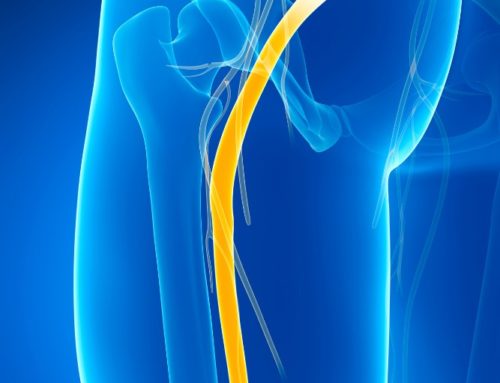The liver performs several vital functions, including removing toxins from the blood, breaking down fats, and storing iron. When the organ fails and can’t perform its functions, you may not notice any signs, regardless of your age. Taking care of yourself is important to prevent the most common causes of liver disease. Exercising, maintaining a proper diet, and limiting alcohol intake make is possible to reverse damage and regain normal function for your liver.
Though some may develop liver problems as an inherited condition, it often results from underlying causes. These could include obesity, alcohol, medication, or a poor diet. At Haym Salomon Home for Nursing and Rehabilitation in Brooklyn NY, we offer short-term and long-term inpatient rehab and restorative therapies for sub-acute conditions. Lifestyle education is also available to learn what to do and how to avoid the causes of the condition.

Causes of Liver Disease
Liver disease has several possible causes, many of which are self-induced. For instance, overeating and obesity are also linked to issues with this organ, causing nonalcoholic fatty liver disease. According to the NIDDK, the condition results from fat collection in the liver from an unhealthy diet. Liver inflammation and damage are also possible symptoms.
Also, consistent heavy drinking produces an alcoholic fatty liver. The liver becomes inflamed and scarring and liver cancer occur. Depending on the condition’s progression, reducing your portions or alcohol intake may reverse the damage.
Those with diabetes or high cholesterol may also cause such issues. Losing weight by adding exercise and a healthy diet to your routine could reduce your symptoms.
Liver toxicity is another of the most common causes of liver disease. It is often the result of improper drug use, including prescription meds or dietary supplements. Exposure to chemicals around the house or those coating the foods you ingest could also cause liver toxicity. Handling chemicals carefully, watching what you eat, and following medication guidelines could alleviate your symptoms.
Other possible causes
While several underlying conditions result in liver problems, a few other issues could be related. They are less common than those discussed above but still worth watching out for.
Infection is one of the possible causes of liver disease. When viruses or parasites enter the liver, they cause inflammation, reducing the organ’s functions. Hepatitis viruses most commonly infect the liver, but parasites or viruses are also transmitted through food, water, blood, or semen.
Eating out regularly, particularly at fast food restaurants, leads to excess fat in the body. Though the liver tries to filter it out, it can’t keep up if you’re constantly ingesting harmful foods. Even thinner individuals could experience fat buildup in the liver. Watching what you eat is the best way to improve your health.
Overeating of sugar is another cause for liver disease. Let’s see what happens when you eat too much sugar.
When we eat sugar, our bodies release chemicals that cause inflammation. If we keep eating sugar often, these chemicals pile up in our bodies, messing with our liver and other organs inside us. This can harm our liver over time.
A damaged liver can’t do its job well. It struggles to remove toxins from our body and burns less fat and cholesterol. This leads to more fat building up in the liver and makes us gain weight.
To break this cycle, we need to stop eating too much sugar, which is another cause for liver disease and take care of it.
Signs and symptoms
Liver disease develops in stages, each of which has several symptoms to watch for. In the early phase, you may experience fever, nausea, loss of appetite, fatigue, and abdominal pain.
More symptoms may appear if the causes of liver disease and the symptoms aren’t addressed. These include weight or muscle loss, jaundice, digestive issues, itching, musty-smelling breath, or strange-colored waste.
The advanced stages may cause spoon or clubbed nails, red spots on the skin, easy bruising, red palms, and swelling. However, everyone is different and the symptoms and causes are different too.
This content comprises informative and educational resources only and can not be considered as a substitute for professional health or medical guidance. Reliance on any information provided in this article is solely at your own risk. If you have any inquiries or apprehensions about your medical condition or health goals, talk with a licensed physician or healthcare provider.






Leave A Comment